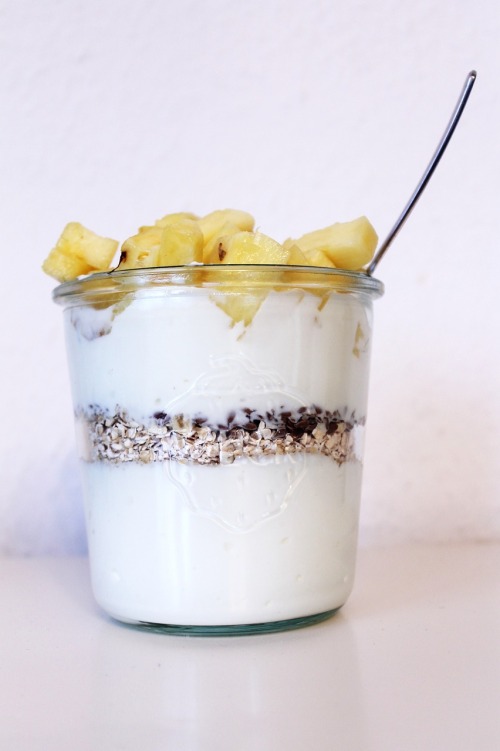
One in 7 people in the U.P. are food insecure. At 14%, the U.P. has a higher food insecurity rate than the national average of 10.5%. Members of the U.P. community whose work is focused on food and health were invited to meet regularly to help direct these efforts. From those meetings, the Food as Medicine Partnership, a collaborative that is bringing Prescription for Health programs to communities across the Upper Peninsula, emerged.
This group, which includes twenty-five organizations, businesses, and individuals, envisions a collaborative food system in the Upper Peninsula that provides nutrition education and equitable access to wholesome, local, and affordable food for all residents. The first project the group took on is a Prescription for Health program, generously funded by the Superior Health Foundation. This Prescription for Health program is unique in that it addresses food access from both the customer and supplier side.
The Prescription for Health program uses a medical referral process for enrollment.
Participants receive a referral from a participating healthcare provider with a prescription for adding fresh fruits and vegetables to their diets. To qualify for the program, individuals must be at risk for or diagnosed with a chronic health condition, face economic barriers to food access, and be 18 years of age or older.
Participants enrolled into the program will receive vouchers to purchase fruits and vegetables from participating local farms. Each participant will receive a total of $15 per week during the 20-week season. The referral process is administered by the Upper Peninsula Commission for Area Progress (UPCAP).
A goal of Food as Medicine and Prescription for Health is to provide these services as widely as possible. The U.P. Food Exchange (UPFE), a collaborative local food network the Co-op helps administer, has members located across the U.P. and active in local food and farmers markets. Members were able to help identify and onboard farmers markets that could participate in the program.
This is more complicated than it sounds, as many markets in the Upper Peninsula are small and lack a market manager. For Prescription for Health to work, the market must have regular produce vendors and a market manager or fiduciary that can be a central contact for the Food as Medicine team to work with.
The current list of farmers markets includes:
Bay Mills/Brimley Farmers Market, Main St. Calumet Farmers Market, Depot Park Farmers & Artisans Market (Ironwood), Houghton Farmers Market, Hancock Tori & Farmers Market, Gladstone Farmers Market, Downtown Marquette Farmers Market, Munising Farmers Market, Newberry Farmers Market, and the Sault Ste. Marie Farmers Market. We hope that more markets can be added as the program continues.
A second focus of the Prescription for Health Program is to ensure that the farms receive support to help them increase the produce available at farmers markets. Farm debt is a huge problem across the country—even small-scale farming requires a high debt burden that is difficult to pay back, especially with an income that varies seasonally. UPFE and the Food as Medicine team want to help alleviate the debt barrier that keeps farms from starting or expanding.
The first ever UPFE mini grant program awarded nine farms $14,000 to increase their cold storage capacity. Funds can be used for the materials and labor to build new or additional facilities, as well as access to technical assistance for construction and HVAC. Grant recipients are also required to work with the U.P. Produce Safety Technician to ensure all the facilities and harvest systems are following best practices.
This funding will support the increase of local food production by ensuring that farms have a place to safely store produce until it can be sold.
Cold storage facilities are also essential for extending the agricultural sales season by providing space for keeping storage crops that can be sold well into the winter, directly supporting the growth of the U.P. farm economy and increasing access to local food for all residents.
This year’s grant recipients include Boersma Family Roots CSA and Farm, North Harvest CSA Farm, and Minnie Farms in the Western U.P.; Snowy Acres, U.P. Gourmet, and Full Plate Farm in the Central U.P., and Jere Farms, Gordon’s Produce, and Dutcher Farm in the Eastern U.P.
This grant program was developed in partnership with UPFE team members that include: The Marquette Food Co-op and the U.P. Food Exchange, Western Upper Peninsula Planning District Region (WUPPDR), Bay Mills College/Waishkey Bay Farm, Fresh Systems LLC, Renegade Sheep, the Marquette County Conservation District/Michigan On-Farm Produce Safety, Portage Health Foundation, and the North Farm/Upper Peninsula Research & Extension Center. Many partners were instrumental in spreading the word about the grant opportunity across the Upper Peninsula. And of course, the Superior Health Foundation funding made this possible.
A collaborative network is essential to make changes in our communities.
To grow our local food system and increase access to healthy food for all residents, we must work together. We offer our thanks to all the UPFE, Food as Medicine, and farm market partners for their work.
To learn more about the Food as Medicine Program, visit upcap.org/program/food-as-medicine or email Sarah at smonte@marquettefood.coop. To become an owner of the Co-op and support future initiatives like Prescription for Health, visit marquettefood.coop/owners/ownership.
*Article provided by the Marquette Food Co-op.
Excerpted from the Fall 2022 issue of Health & Happiness U.P. Magazine. Copyright 2022, Empowering Lightworks, LLC. All rights reserved.




